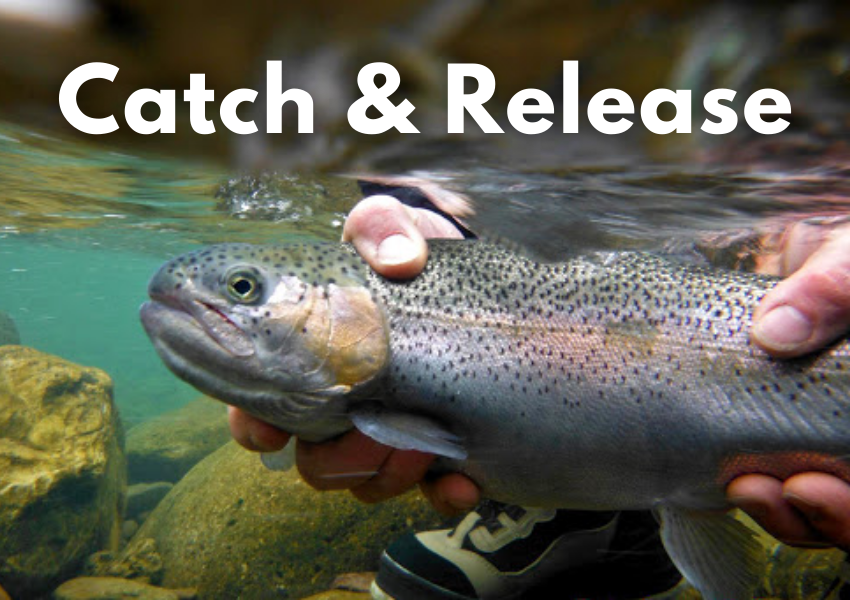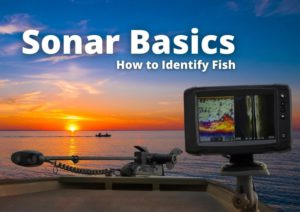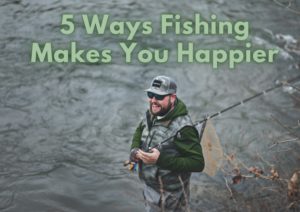5 recommendations so that your catch keep growing healthy after release

Correct handling of catches increases survival in fishing without death
More and more fishermen of all sport fishing modalities are practicing their passion by releasing the fish after they are caught. The practice of sport fishing without death, or C&R (Catch and Release) is not new, it has been practiced for many years in many parts of the world, and in the regulation of the fishing of some species of waters continental, such as common trout (Salmo trutta), we can find reserves and areas “without death” for decades. However, this practice is experiencing its top in recent years, and more and more people are joining sport fishing with an approach of maximum respect for catches and release, especially in the cases of species without gastronomic interest or of small sizes.
What is still unknown to many people who practice this wonderful hobby is that the survival of the fish they release depends a lot on how they are handled out of the water. There are certain actions that are rooted in the practice of sport fishermen and that, however, it is important to modify them to avoid unnecessary damage to those catches that are going to return to the water.
At WeFish, we present a series of tips to make a correct handling of the collected piece.
1.- In Catch & Release… Time is gold!
Fish, all of them, sea or fresh water, have a complex respiratory system that allows them to obtain the necessary oxygen to live directly from the water. Out of water they are unable to get oxygen, so they drown. While there are species that are more resilient out of water, they all need to return to the water soon. For some species, being out of water for 1 minute is deadly. Therefore, it is essential that we are fast: unhook, photo and back to the water!
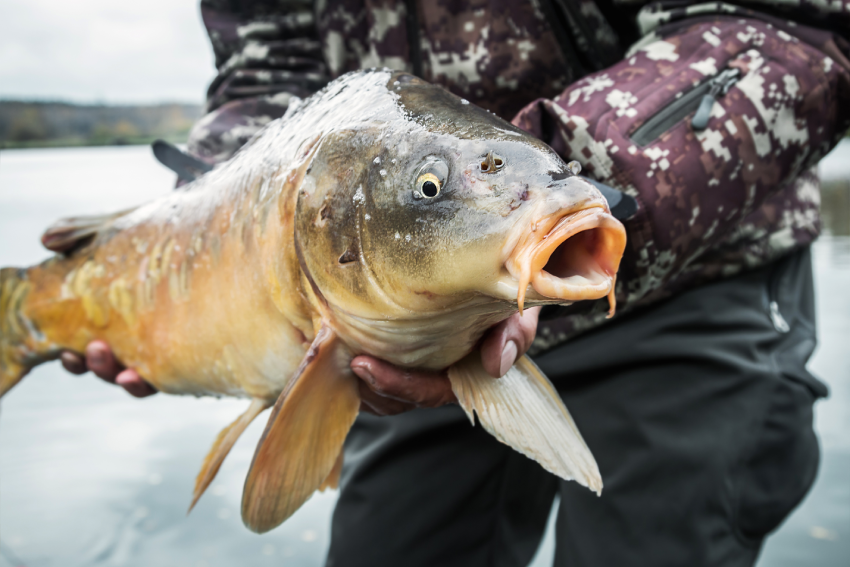
2.- Don’t touch the gills
On both sides of the head of a fish we can find cracks where the gills are located, protected by a kind of cover that acts as a valve and is called an operculum. To breathe, the fish take in water through their mouths. This water passes through the gills – where the fish obtains oxygen – and finally returns to the outside through the operculum. The gills are a soft, highly capillary, lamellar or filamentous tissue that is capable of capturing the oxygen dissolved in the water. They are extremely sensitive and fragile, so they should never be touched, let alone put their fingers through the slit behind the operculum as a grip so that we do not drop a catch. In these cases the mortality rate shoots up. It may seem that our catch escapes when it is released, but after several hours a high percentage will die.
3.- Softly you’re killing me…
Almost all the organs of a fish, such as the intestine, the kidneys, the heart, the liver, the bladder, … are housed in the abdominal cavity. The abdominal cavity is located in the ventral area immediately after the head, in the area of the pectoral fins. This area is the most common place where we hold a fish while we are unhooking it. If we exert excessive pressure, we will cause internal damage to the animal’s organs, which will later cost it its life. Therefore, even if the hook resists, we are nervous or want to free our catch from the hook, we have to be very careful and not over-tighten. Otherwise, we will be doing grip and kill, from the English, squeeze and kill.
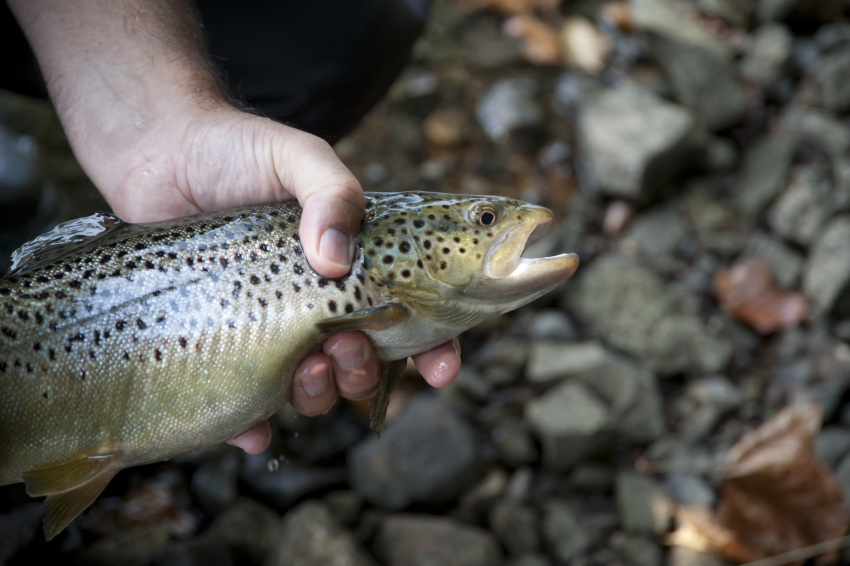
4.- Catch and release, better without wounds
Any fisherman knows that the surface of the fish is very smooth because it is covered with a slippery substance that sometimes makes it very difficult to prevent a catch from slipping away. This mucilaginous substance that covers the fish protects it from infections and increases its hydrodynamics, reducing resistance and friction when swimming. The surface of the fish is very sensitive, and any contact with materials such as dry cloth (the rag we all wear to clean ourselves) or rubbing against the floor, sand or stones produces a loss of this slippery substance and also small wounds, which later often cause the fish to get various infections. It is important to handle our catches with wet hands or with wet plastic gloves, and to avoid knocks and rubbing as much as possible.
5.- The age of stress
Just in case we thought that stress is exclusively human heritage and that we all fight it by fishing… we are wrong… All animals suffer from different types of stress. When we manage to get a fish to take our bait, a fight begins that in most cases is won by the fisherman. Sometimes the struggle is long lasting and even traumatic. This has two effects on our catch: exhaustion due to the high energy expenditure of the fight, and physiological stress. Both of these things can cause our fisherman’s immune system to go down a lot and his chances of survival to decrease. How can we avoid this? For example, by using a sack, handling it carefully and correctly, avoiding opening its mouth too much, touching its eyes…
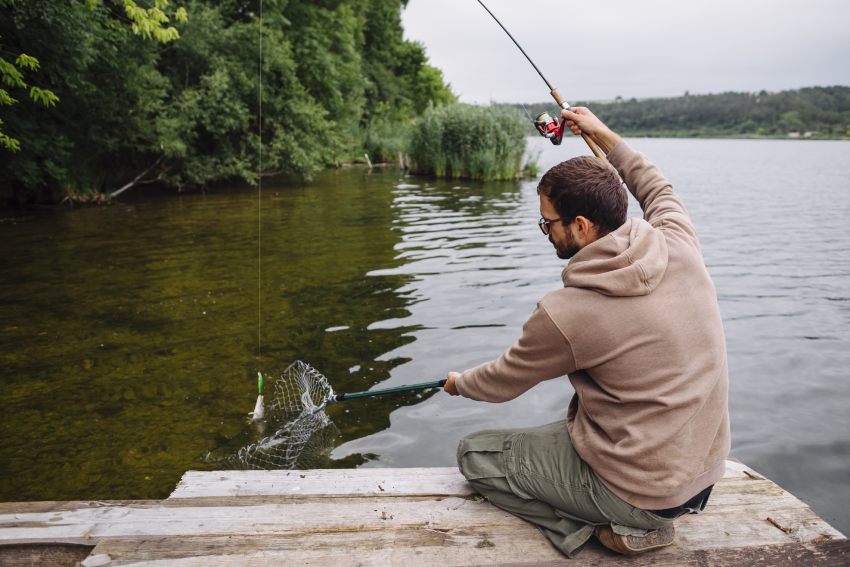
In conclusion, all of the above can be summarised in that when we handle a fish that we want to return to the water so that it continues to grow, we must be very aware that we have in our hands an extraordinary and very fragile organism, which we must treat with great care and delicacy and return it to its environment as soon as possible.
Article by Jorge de los Bueis.


